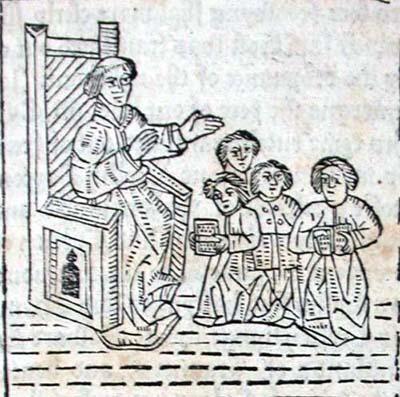Children and Childhood in Early Modern England

What does it mean to be a child? How does the experience of childhood differ depending on gender and social status? How do children learn, and how does this influence their future? These are all questions that we might ask about childhood today, but they're also questions historians have asked about children in the past. Recent scholarship on the history of childhood has tried to uncover not just what people thought about children, but the experiences of children themselves. However, accessing the "voices" of children from the past is not easy. Evidence created by children tends to be ephemeral, and that which survives is skewed towards the wealthiest. Historians have had to be creative in trying to understand early modern experiences of childhood, often reading between the lines of sources created by adults. This paper will explore some of the key sources that give historians an insight into the worlds of children in early modern England. Ranging from print, to image, to the writings and utterings of children themselves, we will unpick the strengths and limitations of this evidence. We will also explore broader conceptual questions about how we should approach the historical category of "childhood", and how we can tackle the challenges of uncovering the experiences and mentalities of a group largely unable to speak for themselves in the historical record.
Image: Woodcut illustration of a school master sat addressing four of his scholars who all hold books.
From William Caxton's 1481 edition of the 'Mirror of the World'.
